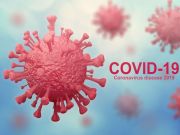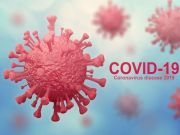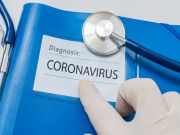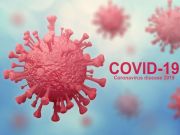Infectious Disease
Home Infectious Disease
Thromboembolic Complications in COVID-19 Discussed
All hospitalized COVID-19 patients should be started on prophylactic low-molecular-weight heparin
David Shulkin, M.D., on COVID-19 Financial Consequences for Health Care System
Shulkin, ninth secretary for Veterans Affairs, estimates health care provider revenue down about $500 billion
Guidelines Recommended for ECMO Use in Setting of Pandemic
Tiered approach to ECMO response recommended, with focus on increasing capacity during mild surge
Almost All COVID-19 Patients Have Diminished Sense of Smell
98 percent of COVID-19 inpatients exhibited some smell dysfunction on quantitative smell test
Many Health Care Workers Face Risk for Poor Outcomes With COVID-19
26.6 percent of health care workers with patient contact at risk due to age, chronic conditions
National Coronavirus Testing Strategy Announced as U.S. Cases Top 1 Million
And, potential vaccine against COVID-19 shows promise, could begin human testing within a few weeks
Most SARS-CoV-2-Positive Pregnant Women Asymptomatic at Screening
87.9 percent of the 33 patients who were positive for SARS-CoV-2 were asymptomatic on admission
Recommendations Developed for Anesthesia Use During COVID-19
Risk for postop complications lower with regional anesthesia; odds of aerosol generation up with general anesthesia
45.4 Percent of U.S. Adults at Risk for Complications With COVID-19
These adults may be at increased risk due to existing chronic conditions including CVD, diabetes, HTN
High Rate of Pulmonary Embolism Found for Patients With COVID-19
Two studies demonstrate high rate of PE; 100 percent sensitivity for PE seen for D-dimer level > 2,660 µg/L



















